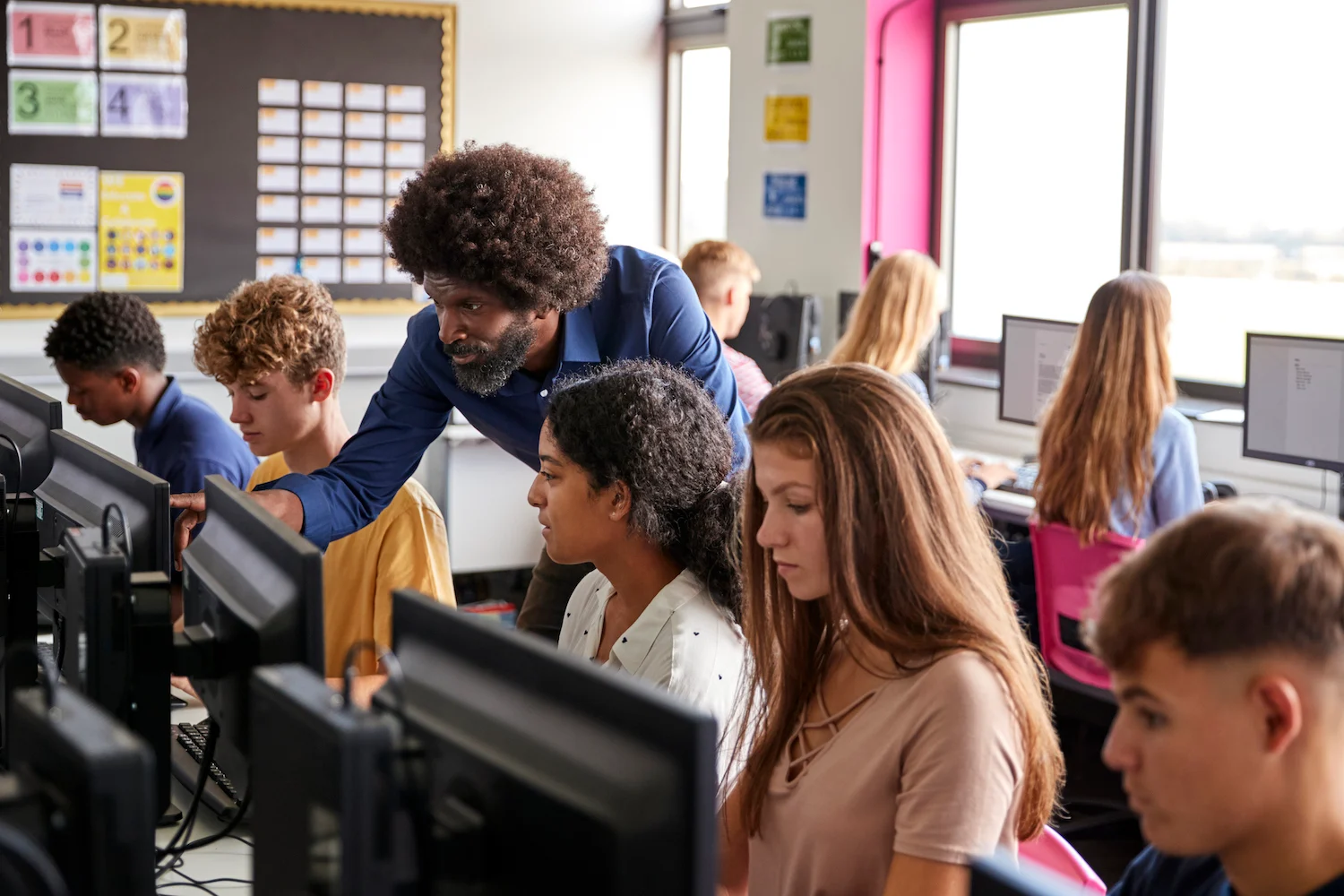In today’s fast-paced and technologically driven world, online education has become a popular mode for teaching and learning. Teachers are finding creative ways to engage with students in virtual classroom settings regularly. Here’s a comprehensive guide to help you teach 3rd-grade students online successfully.
1. Master the Technology
Before getting started with online teaching, it is essential to familiarize yourself with the tools and platforms necessary for this transition. Learn how to use video conferencing tools like Zoom or Google Meet, manage assignments through platforms like Google Classroom, and utilize other digital resources for interactive teaching.
2. Define Goals and Expectations
Once you have the technology in place, establish clear goals and expectations for your students. Set specific deadlines for assignments, clarify communication procedures, and outline attendance or participation requirements in the virtual setting. This will ensure that both you and your students are on the same page.
3. Develop Engaging Content
Third-grade students need engaging content to keep them interested in the lessons you present. Use videos, interactive quizzes, and hands-on activities so your students can actively participate in the learning process. You may also incorporate materials from various sources, such as educational websites or YouTube channels focused on 3rd-grade curriculum content.
4. Promote Interaction
Encourage class discussions, group projects, and peer collaboration. By doing so, you help strengthen social ties among students and improve communication skills critical for their development.
5. Establish a Support System
Online teaching can be overwhelming for some students, especially those with little prior experience or difficulty keeping up with technology advancements. Be available for one-on-one support via email or video calls to answer questions or provide guidance when needed.
6. Encourage Independent Learning
Give your students opportunities to explore new topics on their own or select materials that interest them within the core subject areas. Independent learning fosters curiosity and creativity while nurturing a love for knowledge.
7. Incorporate Scripted Lessons
Scripted lessons can serve as a valuable resource when teaching online. They provide a clear structure and allow instructors to maintain focus on content and pacing. Teachers can enhance these by adding their unique teaching styles through personal anecdotes, humor, and relevant examples.
8. Real-time and Asynchronous Sessions
Combine synchronous sessions where students actively participate during real-time classes with asynchronous sessions where students complete assignments independently. This approach provides the needed balance between structure and flexibility for 3rd-grade students in the online environment.
9. Evaluate Student Performance
Frequent assessments are crucial to evaluate student comprehension and make instructional adjustments if necessary. Use different assessment formats such as multiple-choice quizzes, written responses, or project-based activities to accurately measure their progress.
By following these tips, you can ensure that your online classroom becomes a productive and enjoyable educational environment for your 3rd-grade students. Continuously review and adapt your methods based on student needs and feedback to create the best learning experience for everyone involved.

